How To Finish Concrete
Everyone has seen concrete being poured for a new path or driveway. Have you ever wondered about the skills and tools used to turn the liquid concrete into a smooth level area. It takes just a bit of knowledge and the right equipment to have a professional looking concrete floor.
- Once the concrete is poured, you need to be ready to start levelling.
- Most concrete mixes do not need to be compressed after pouring. Make sure to check with the provider about compressing, as you may weaken the concrete.
- Level off the concrete using a straight board. This is called screeding. Using the board in a sawing motion, work back and forth until the concrete is level. If it is a large area, it may be necessary for 2 people to do the screeding. The sawing motion helps prevent tearing as the surface is levelled.
- For larger areas, pour and level in stages.
- Once the concrete has been levelled, a bull float or darby trowel is used to flatten minor ridges and holes. Move the bull float across the concrete to get a smooth surface. Be careful not to overdo the trowelling as this can lead to a weakened surface with tiny cracks.
- Tidy the corners using a smaller edging tool, making sure not to press too deeply into the concrete.
- Don’t forget to put control joints into the concrete. These are grooves which direct any cracking so that the appearance and functionality is affected as little as possible.
- After smoothing the concrete, water will appear on the surface. This is called bleed water. Wait for this water to disappear before the next stage.
- Once the water has disappeared, smooth and compact the surface with a hand float. There are various types of floats, all which give different effects to the concrete. Depending on the finish you require, you can use magnesium, aluminium, wooden or a laminated canvas resin float.
To create a non-slip surface, end with a broom finish. Using a medium stiff shop broom, or an indent roller, dip into a bucket of water and drag over the concrete in segments. Make sure to pull the broom through the concrete and always go in the same direction.
Once the concrete has been finished it needs to cure. This is where the concrete is protected form loss of moisture as it sets. There are a number of ways to cure, either sheet, moist or by applying a film forming curing compound. It is best to check with your concrete provider to see which they recommend.
The final stage is sealing the concrete. Use a sealer after the concrete has been cured for at least 1 month. Allow the sealer to dry completely before walking on. Wait at least 3 days before allowing cars or other vehicles.

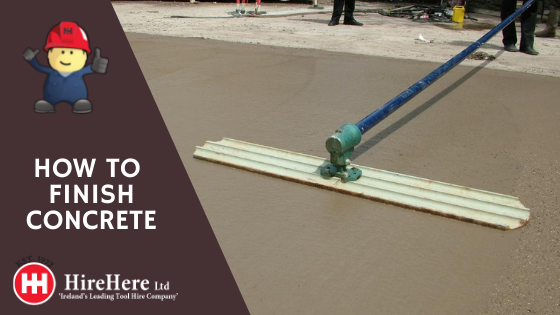
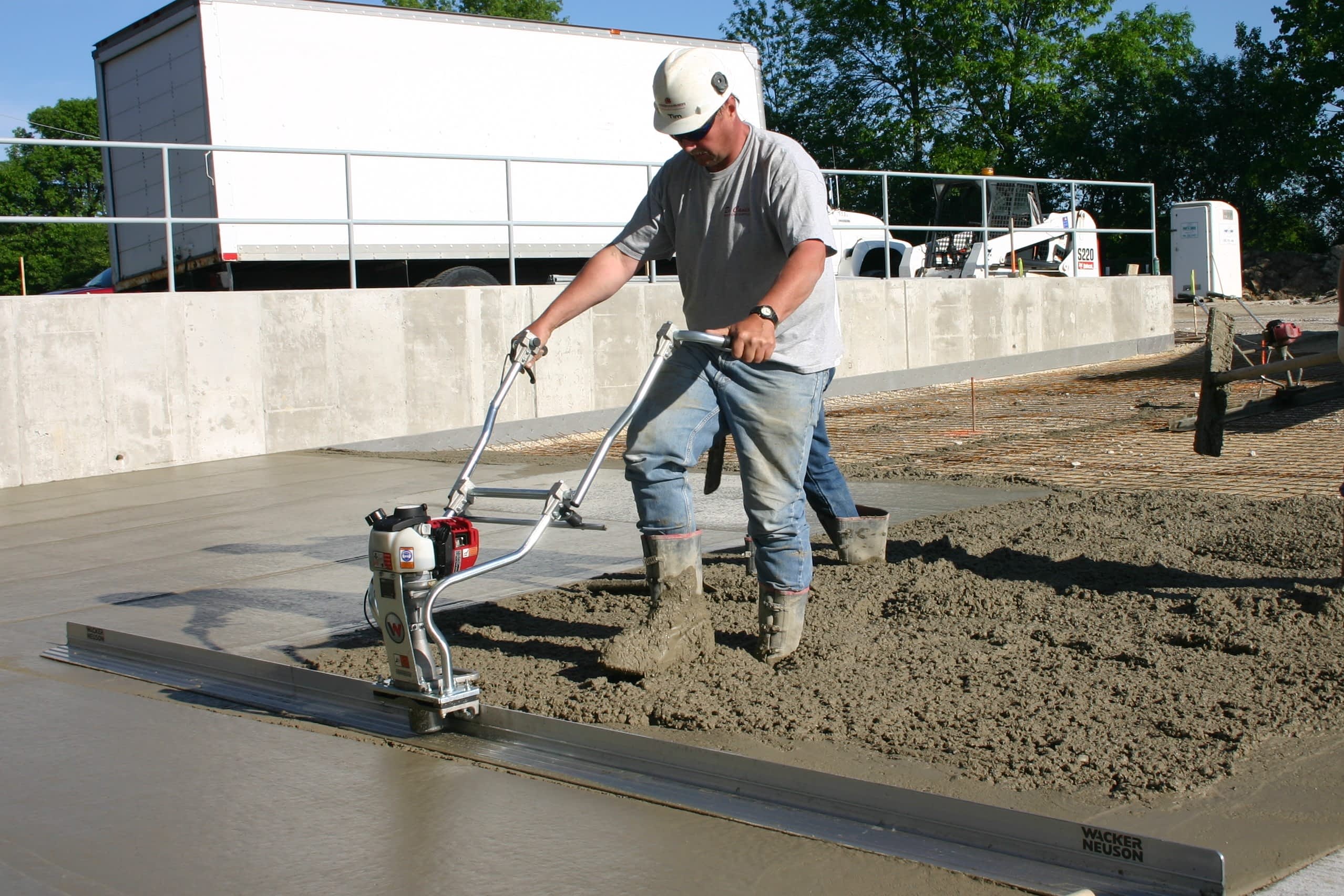
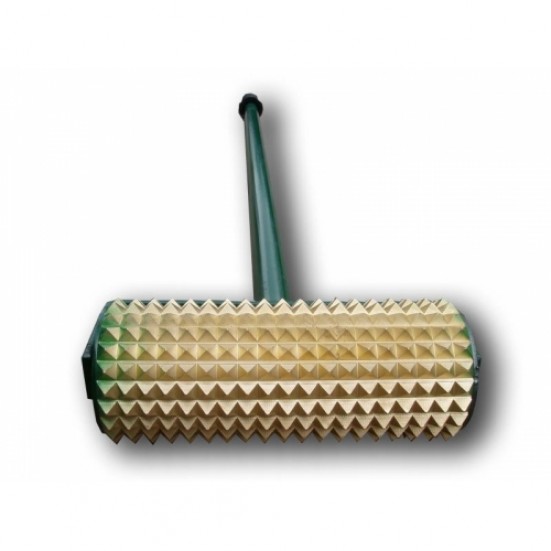
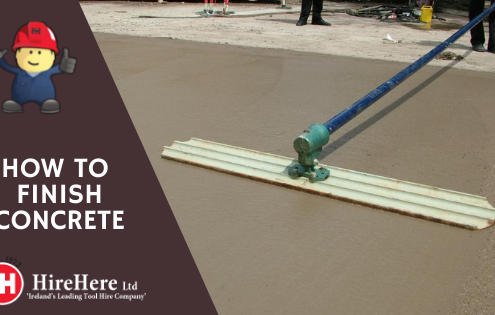
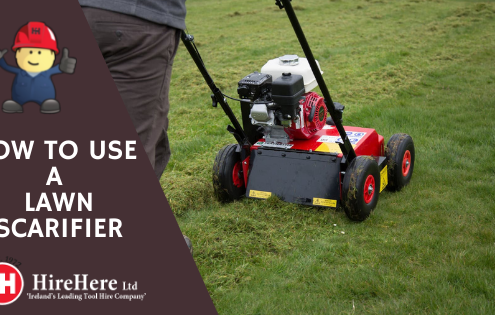
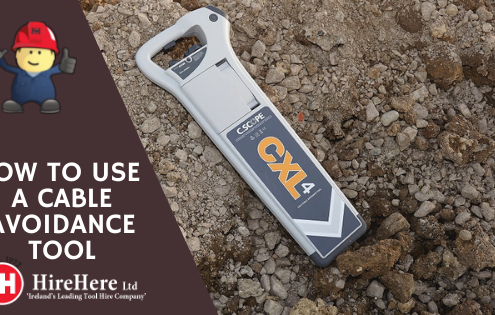



Leave a Reply
Want to join the discussion?Feel free to contribute!